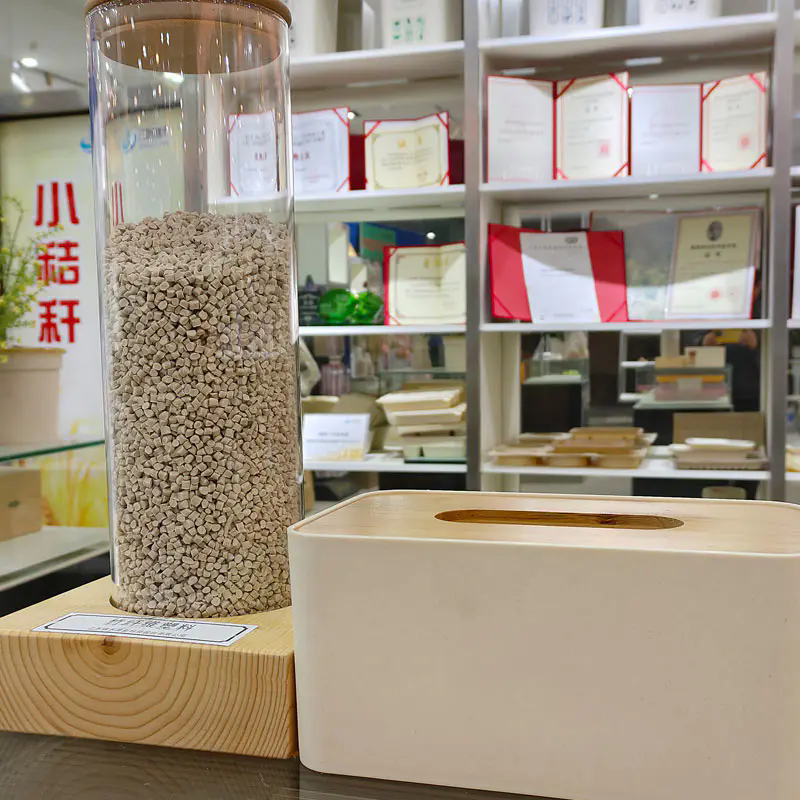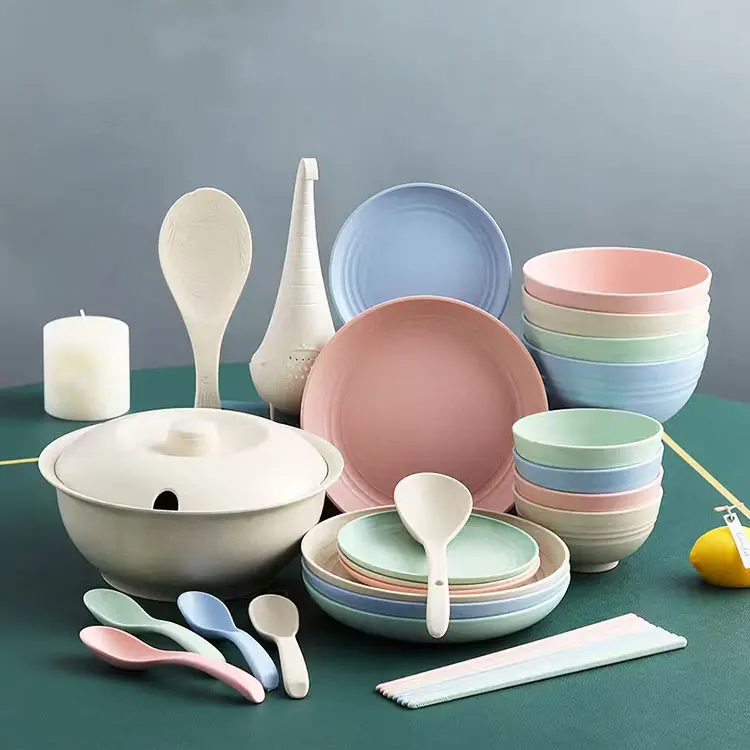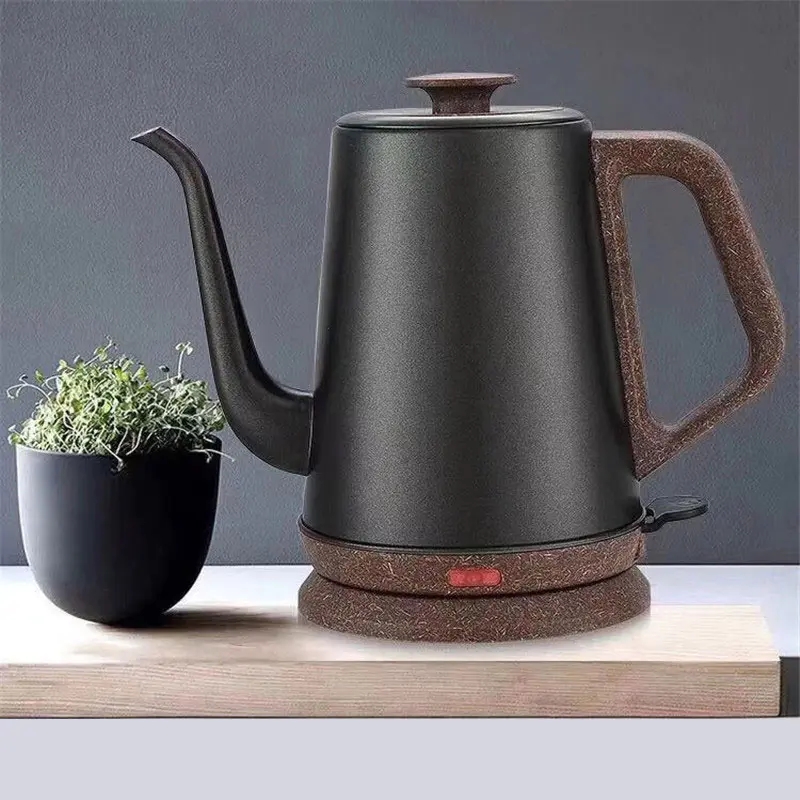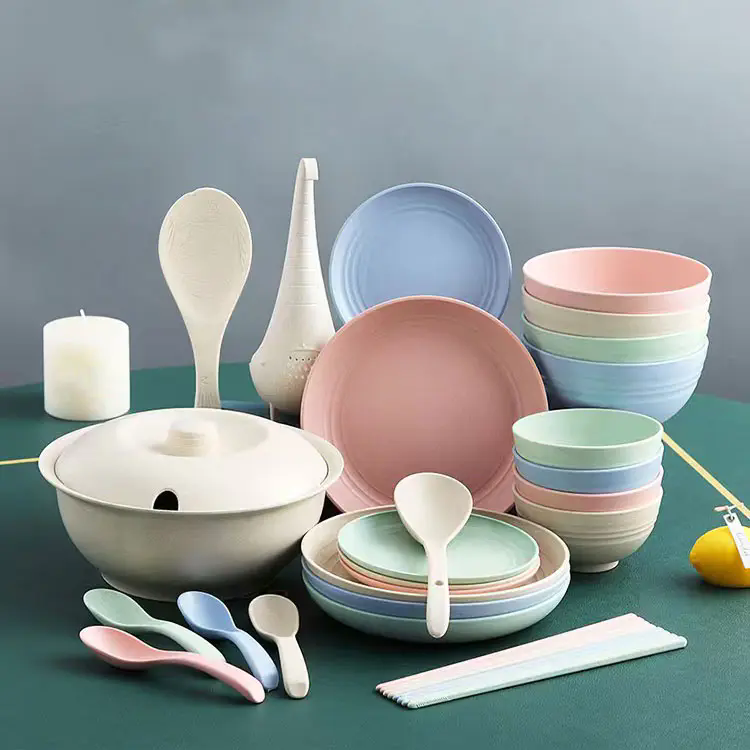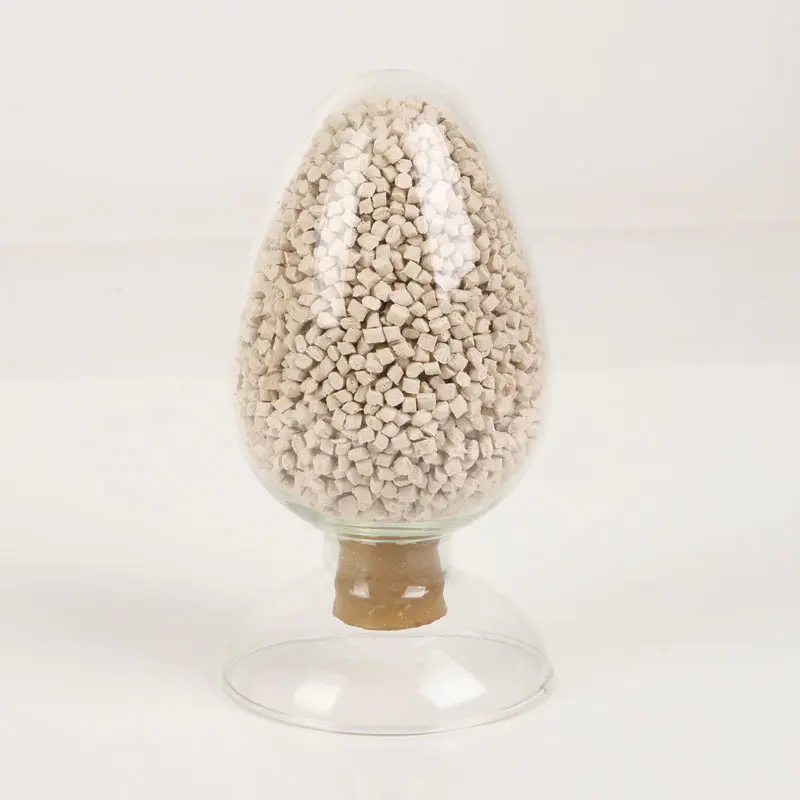What Makes Bamboo Fiber Plastic the Future of Sustainable Material Innovation?
Bamboo Fiber Plastic is an advanced composite material that combines natural bamboo fibers with biodegradable or traditional thermoplastic resins such as PLA, PP, or PE. It has emerged as one of the most promising eco-friendly alternatives to pure plastic, thanks to its renewable source and lower environmental footprint. This innovative material effectively bridges the gap between sustainability and performance — maintaining the durability and moldability of traditional plastics while integrating the natural strength and texture of bamboo fibers.
Unlike conventional petroleum-based plastics, Bamboo Fiber Plastic significantly reduces carbon emissions during production. Bamboo, known for its rapid growth and minimal need for pesticides, serves as a naturally renewable and carbon-negative resource. The integration of bamboo fibers enhances the mechanical strength, reduces the weight, and provides a natural matte appearance that appeals to both eco-conscious consumers and manufacturers seeking sustainable design solutions.
This material is widely applied across industries such as packaging, kitchenware, automotive interiors, consumer electronics, and home décor. Its biodegradable properties, when combined with plant-based polymers, make it an ideal substitute for single-use plastics and other non-degradable products.
2. Why Is Bamboo Fiber Plastic Considered a Superior Choice for Eco-Friendly Applications?
The global shift toward sustainability has driven industries to explore innovative materials that balance functionality with environmental responsibility. Bamboo Fiber Plastic answers this demand by offering both aesthetic and ecological advantages. Let’s take a closer look at its key benefits and properties:
| Parameter | Specification |
|---|---|
| Primary Material | Bamboo Fiber (30–60%) + Plastic Resin (PLA, PP, PE) |
| Appearance | Natural matte surface, customizable colors |
| Density | 1.1 – 1.3 g/cm³ |
| Heat Resistance | 100°C – 130°C (depending on resin type) |
| Tensile Strength | 35 – 60 MPa |
| Biodegradability | High (when combined with PLA or biodegradable resin) |
| Moldability | Excellent for injection, extrusion, and compression molding |
| Applications | Tableware, packaging, auto parts, furniture, electronics casing |
| Recyclability | Fully recyclable or compostable depending on resin composition |
Bamboo Fiber Plastic not only provides mechanical strength comparable to polypropylene but also significantly reduces the use of fossil-based materials. The bamboo fibers within the polymer matrix act as reinforcement, enhancing dimensional stability and reducing warpage during molding.
From a design perspective, its natural texture and biodegradable composition appeal strongly to eco-lifestyle brands and green packaging manufacturers. The combination of tactile aesthetics and environmental responsibility positions Bamboo Fiber Plastic as a preferred choice in the global movement toward carbon neutrality.
How Does Bamboo Fiber Plastic Support the Future of Sustainable Manufacturing?
The industrial potential of Bamboo Fiber Plastic extends far beyond its green image. It supports manufacturers in meeting increasingly strict environmental regulations while ensuring product quality and functionality. Here are several key reasons this material is shaping the future of manufacturing:
1. Reduction in Carbon Footprint:
Bamboo grows rapidly and captures more CO₂ compared to many other plants. Using bamboo as a raw material in plastics manufacturing directly reduces dependence on fossil fuels and contributes to lower greenhouse gas emissions.
2. Enhanced Material Efficiency:
The blend of natural fiber and resin leads to stronger, lighter, and more heat-resistant products. This means less material usage without sacrificing performance — a major advantage in large-scale industrial production.
3. Compatibility with Existing Processing Equipment:
Bamboo Fiber Plastic can be processed using standard thermoplastic manufacturing techniques such as injection molding, extrusion, and thermoforming. This compatibility minimizes the need for new machinery investment, helping manufacturers transition smoothly to sustainable alternatives.
4. Consumer Appeal and Branding Value:
Modern consumers prioritize sustainability. Brands that adopt Bamboo Fiber Plastic in their product lines gain marketing advantages and strengthen their eco-friendly brand image. The organic texture and tactile warmth of bamboo-based materials also create a premium perception that synthetic plastics cannot achieve.
5. Regulatory Compliance:
With governments worldwide enforcing plastic bans and green packaging mandates, Bamboo Fiber Plastic aligns perfectly with upcoming environmental policies. It meets EU RoHS, REACH, and FDA safety standards, making it suitable for food contact and export markets.
6. Long-Term Market Viability:
The growing availability of bamboo resources, combined with advancing compounding technology, ensures that Bamboo Fiber Plastic will remain a cost-effective and scalable solution for global markets.
These technological and environmental advantages are why leading manufacturers are adopting Bamboo Fiber Plastic to redefine sustainability across diverse applications.
What Are the Common Questions About Bamboo Fiber Plastic?
Q1: Is Bamboo Fiber Plastic fully biodegradable?
A: The biodegradability of Bamboo Fiber Plastic depends on the resin base used. When paired with biodegradable resins such as PLA, the product can decompose under industrial composting conditions within several months. However, when combined with non-biodegradable plastics like PP or PE, it remains recyclable but not compostable. Therefore, its eco-impact varies based on formulation and intended application.
Q2: How durable is Bamboo Fiber Plastic compared to conventional plastic?
A: Bamboo Fiber Plastic maintains comparable durability and heat resistance to standard plastics such as polypropylene. The bamboo fibers improve rigidity and reduce deformation under heat. In practical use — such as kitchen utensils, trays, and packaging — it performs equally well while offering the advantage of sustainability and a natural, tactile surface.
Why Is Bamboo Fiber Plastic Poised to Dominate Future Trends?
The next decade will see rapid expansion in green materials, particularly as industries strive to achieve net-zero emissions. Bamboo Fiber Plastic stands at the forefront of this evolution, integrating the best of both nature and innovation.
Trend 1: Circular Economy Integration
Manufacturers are adopting closed-loop production models where Bamboo Fiber Plastic can be reused, recycled, or biodegraded. This supports global circular economy initiatives and reduces plastic waste accumulation.
Trend 2: Green Product Customization
Designers increasingly value natural aesthetics. Bamboo Fiber Plastic allows for easy color adjustments, surface finishing, and patterning, making it ideal for brands seeking eco-friendly yet visually distinctive products.
Trend 3: Technological Innovation in Bio-Composites
Continuous improvements in fiber dispersion and resin modification have enhanced Bamboo Fiber Plastic’s mechanical properties. Innovations such as coupling agents and compatibilizers improve adhesion between fiber and resin, expanding its potential in automotive, electronics, and structural applications.
Trend 4: Policy-Driven Market Expansion
Global regulations, including single-use plastic bans, create a vast opportunity for Bamboo Fiber Plastic. Government incentives for green manufacturing further accelerate adoption across packaging, consumer goods, and construction industries.
Trend 5: Consumer Awareness and Demand Growth
As eco-consciousness grows among consumers, the preference for sustainable packaging and biodegradable materials becomes mainstream. This cultural shift ensures that Bamboo Fiber Plastic will remain a priority choice for responsible brands and consumers alike.
Bamboo Fiber Plastic represents not just a material innovation but a shift in global manufacturing philosophy — one that values harmony between performance and the planet.
Conclusion: How Jiangsu Jinhe Leads the Way in Bamboo Fiber Plastic Innovation
The evolution of Bamboo Fiber Plastic marks a pivotal step in the global journey toward sustainability. Combining renewable bamboo resources with advanced polymer science, this material offers unmatched versatility and environmental benefits. From packaging and kitchenware to industrial components, it supports industries striving for greener alternatives without compromising on quality or performance.
Jiangsu Jinhe, a leading manufacturer of eco-friendly composite materials, continues to innovate in Bamboo Fiber Plastic technology. Through rigorous quality control, advanced compounding techniques, and sustainable sourcing, the company provides high-performance materials that meet global environmental standards.
For businesses aiming to transition to sustainable materials, Jiangsu Jinhe offers customized Bamboo Fiber Plastic solutions tailored to diverse industrial needs.
Contact us today to learn more about how Bamboo Fiber Plastic can enhance your products and contribute to a more sustainable future.
- What Makes Starch-Based Plastic the Future of Sustainable Materials?
- What Makes Straw Fiber Plastic the Future of Eco-Friendly Materials?
- Why choose Bio-Based Plastic for Sustainable Materials?
- What are the functions of Sustainable Coffee Grounds Plastic?
- What is the Difference between Sustainable Bamboo Fiber Plastic and Regular Plastic?
- How Do You Properly Dispose of Disposable Biodegradable Plates?


